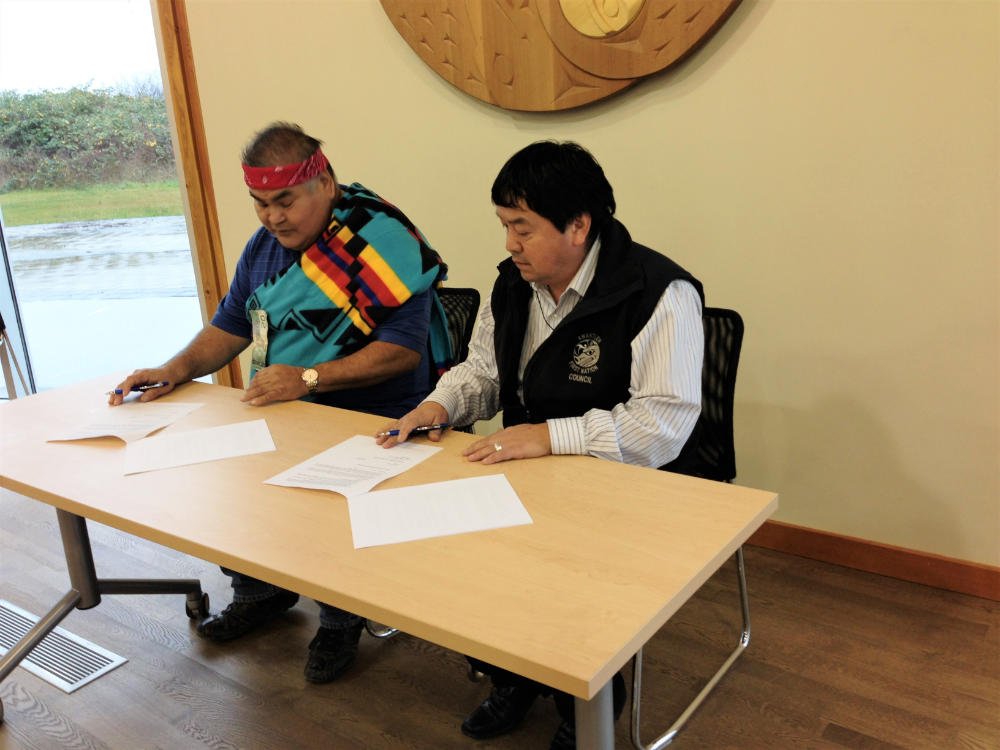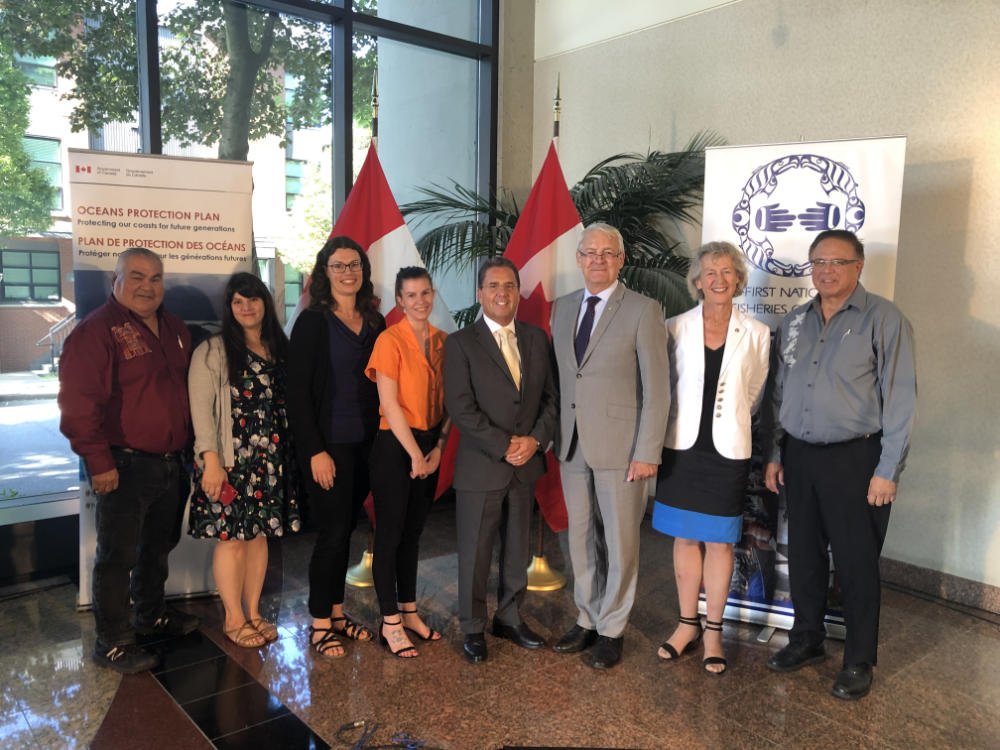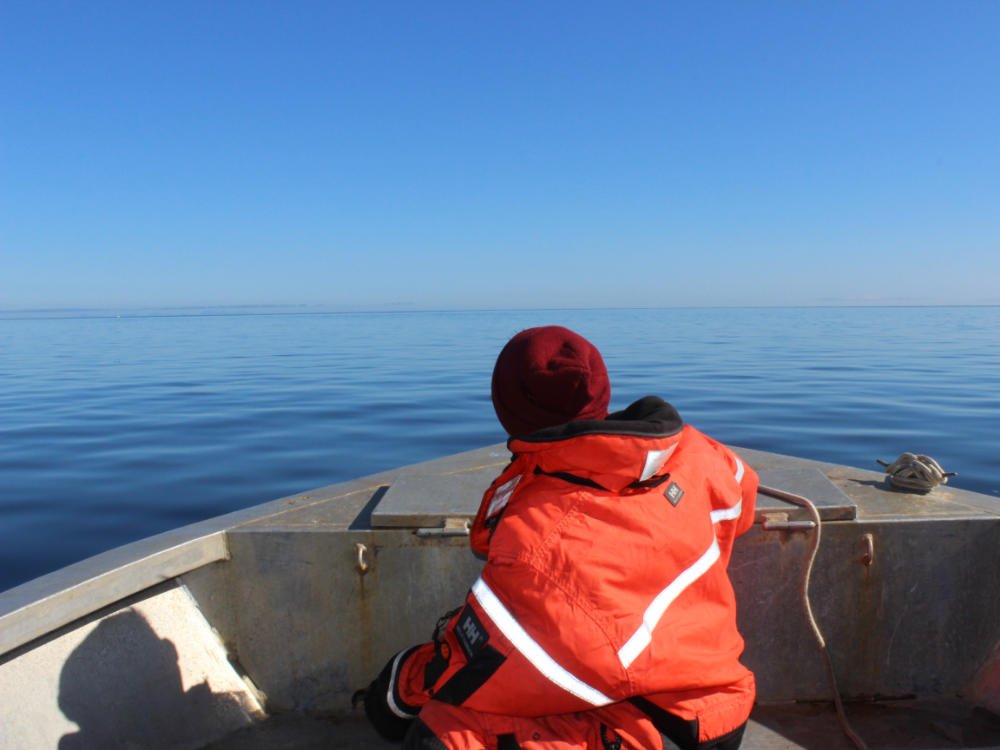Regional Model
Our Regional Model reflects the diversity in geography, ecology, expertise, and priorities of the First Nations communities and territories throughout BC. This coordinated regional approach helps us build relationships and engage broadly with First Nations, and brings a broad range of regional perspectives to the table as we convene First Nations’s discussions on matters of province-wide interest.
The regional structure was ratified by First Nations at the 2009 FNFC Annual General Assembly and supported through resolution by the British Columbia Assembly of First Nations, Union of British Columbia Indian Chiefs, and First Nations Summit.
- Northern Transboundary
- Haida Gwaii
- Upper Fraser
- Upper Skeena
- North Coast
- Central Coast
- Mid-Fraser (2 seats)
- Transboundary Columbia
- Fraser Valley
- Lower Mainland
- South Island and Mainland Inlets
- North Island and Mainland Inlets
- West Coast Vancouver Island
Bringing people together
First Nations have advised that they are the rights holders. We help First Nations throughout BC collaborate on complex topics of fisheries and aquatic resource matters through a three-step engagement model.
First Nations throughout the province have shared interest in working collectively on many issues. By coming together, First Nations can identify these areas of common interest and develop strong messaging with broad support.
Our engagement model follows three steps:
1. Convene: We invite First Nations communities and organizations to gather and share their regional perspectives and expertise. We facilitate discussions and provide analysis where needed.
2. Elicit: FNFC and First Nations participants listen to the diverse regional viewpoints brought to the table, and help create consensus on shared priorities and interests to support coherent advice.
3. Distill: We gather shared perspectives into reports and recommendations that provide a coherent message with broad support to inform leadership and government decision-making.
First Nations are stronger together when they speak with a coherent voice.
Creating connections
FNFC’s work is driven by First Nations interests. We operate at the intersection of the political/policy and technical/operational levels. We connect First Nations, government, fish, fisheries, aquatic resources and habitat.
The fisheries and aquatic resource management landscape is complex, with many overlapping interests, influences and decision making authorities. We facilitate province-wide information flow for First Nations and between the many parties involved.

Build First Nations capacity
We bring together First Nations throughout BC, helping elevate their policy and technical capacity to promote meaningful participation in the governance and management of fish, fisheries, aquatic resources and habitat.

Partnerships
First Nations in BC know the strength of working together to advance their common interests. We partner with First Nations regional organizations and provincial and federal government agencies to support collaboration, access to resources, and meaningful First Nations engagement.

Strategic plan
To implement the vision and aspirations of First Nations in BC as outlined in the BC First Nations Fisheries Action Plan, FNFC follows a three-year strategic planning process that aims to build and maintain First Nations structures, processes, and capacity in the context of a shifting management, policy, and legislative environment.
